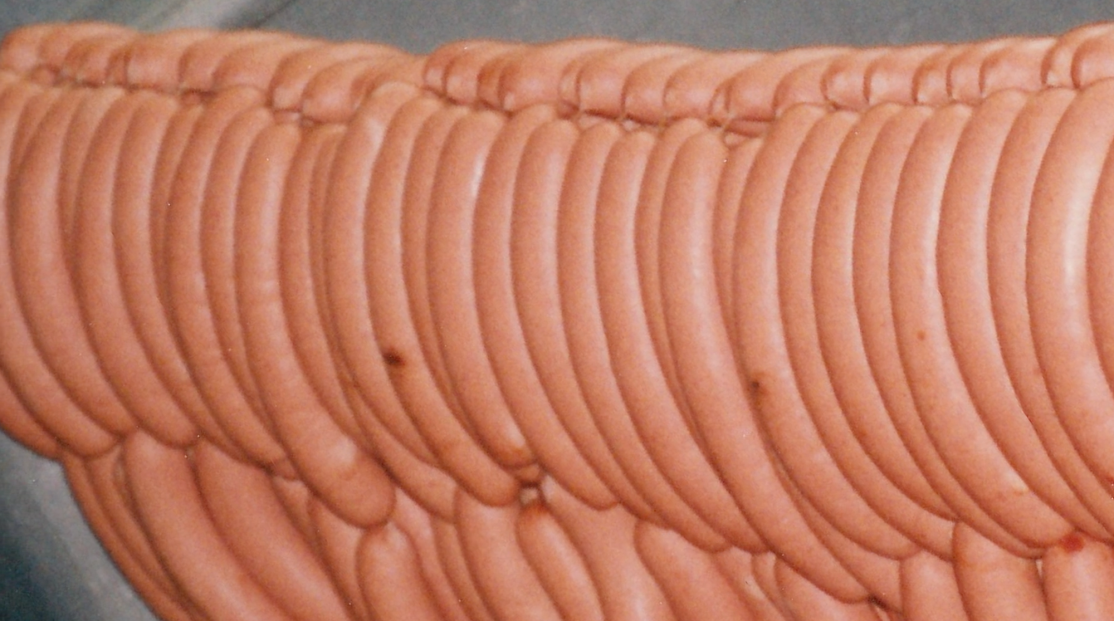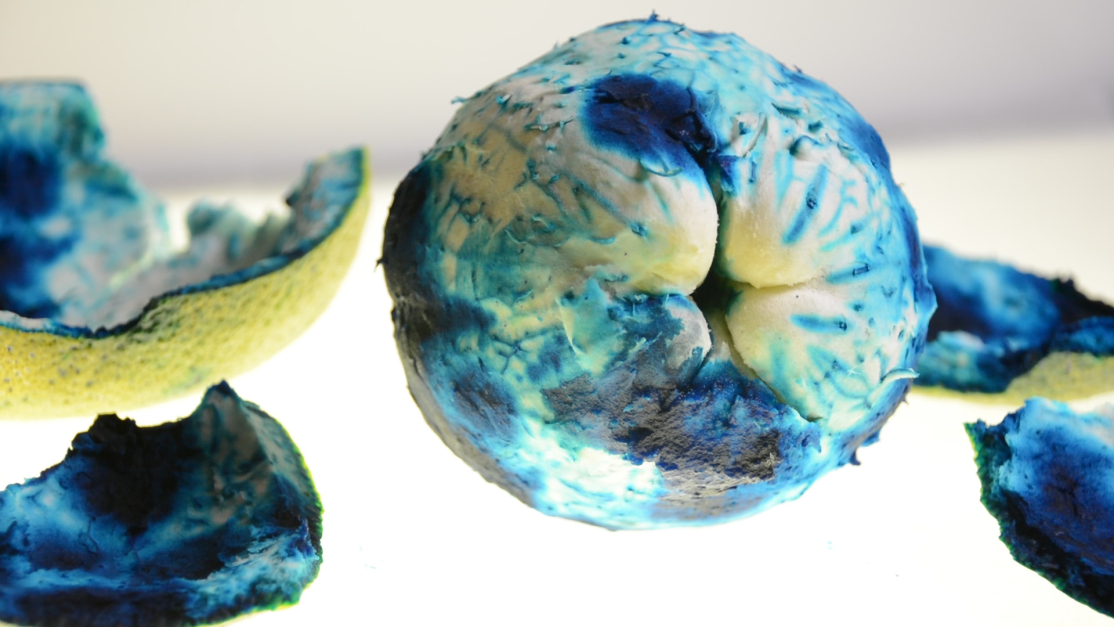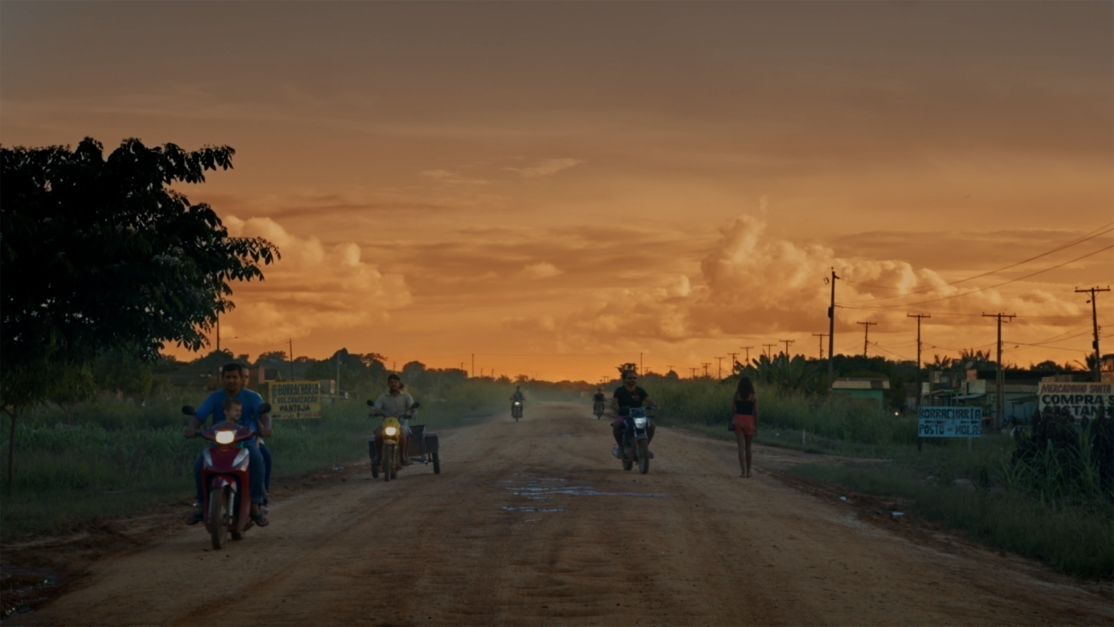What Photography Conceals
Duration: 49 minutes
Still photography—whether in the family album, the national archive, or as a nostalgic slide—appears in each of the works in this collection. The artists either depart from photography or return to it, but most of all, they search for what it lacks: the story left outside the frame. Photography becomes a tool for exploring personal or collective trauma, while also serving as a catalyst for imagination and action in the present. It may not be at the center of every work, but it is always there—opening a doorway to reflect on the past and the ways it resurfaces in the present.
Location
Artport, Tel AvivDate
Saturday, 12.7.25Time
16:00
Cling Film
Julia Schäfer
At the center of Julia Schäfer’s work is a family album in which photographs of various types of sausages replace traditional family portraits. The piece was created by Schäfer, a German-born artist, as part of her M.A. studies at the Bezalel Academy of Arts and Design. Her return to these seemingly impersonal images led her to confront her own family’s history in the decades following World War II, and to explore the connection between photography, silence, and violence.

Tristeza
Keren Benbenisty
Keren Benbenisty’s work follows the artist’s attempt to create a blue-colored orange through genetic engineering. Although the experiment failed, it enabled her to intertwine the orange’s symbolism in both Zionist and Palestinian history with her own identity as the daughter of a Turkish immigrant and as an immigrant herself. Through this process, she reflects on a series of national and personal failures—failures to arrive, to remain, to grow roots, and to change from within. The tristeza virus (named for “sadness” in Spanish), which attacks citrus trees and necessitates their removal, serves here as a metaphor for the relationship between person, identity, and place.

Curupira and the Machine of the Destiny
Janaina Wagner
Artist Janaina Wagner’s work intertwines a 1975 Brazilian road movie (Iracema, uma transa amazônica), filmed during the military dictatorship, with the mythological figure Curupira, a guardian of the forest in local folklore. As in the original film, a 14-year-old Indigenous girl hitchhikes along the Trans-Amazonian Highway, a road cutting through the Amazon rainforest that became a symbol of the government’s conflict with the region’s Indigenous peoples and with regime opponents. A series of black-and-white photographs documenting the road’s construction serves in the film as both story engine and a bridge between past, present, and future.